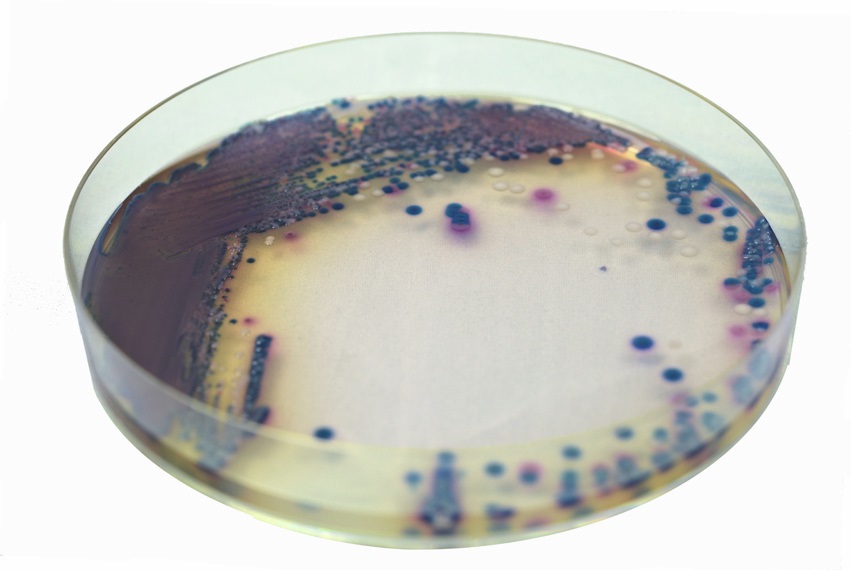Productcode: SC172
Supplier: CHROMagar
Package size: 5000 ml
CDC: «Carbapenem-resistant Enterobacteriaceae (CRE) are usually resistant to all β-lactam agents as well as most other classes of antimicrobial agents. The treatment options for patients infected with CRE are very limited. Healthcare-associated outbreaks of CRE have been reported. Patients colonized with CRE are thought to be a source of transmission in the healthcare setting. Identifying patients who are colonized with CRE and placing these patients in isolation precautions may be an important step in preventing transmission».
CHROMagar launched in 2007 the first chromogenic medium for the detection of carbapenem-resistant bacteria, particularly targeting KPC-enzymes. Since then, many other carbapenemases have been spreading around the world and therefore there was a need to address today the difficult detection of low level carbapemases.
Alain Rambach and Patrice Nordmann have joined their efforts to develop a highly sensitive chromogenic medium, CHROMagarTM mSuperCARBATM, the new generation of chromogenic media that reaches unprecedented performances: detection of a large variety of carbapenemases KPC, NDM, VIM, IMP, OXA…with an impressive limit of detection (10 CFU/ml) even for weakly expressed carbapenemases like OXA-48, while maintaining a high level of selectivity.

For more information from Labema’s specialist. The specialist for this product is Minni Raitio.